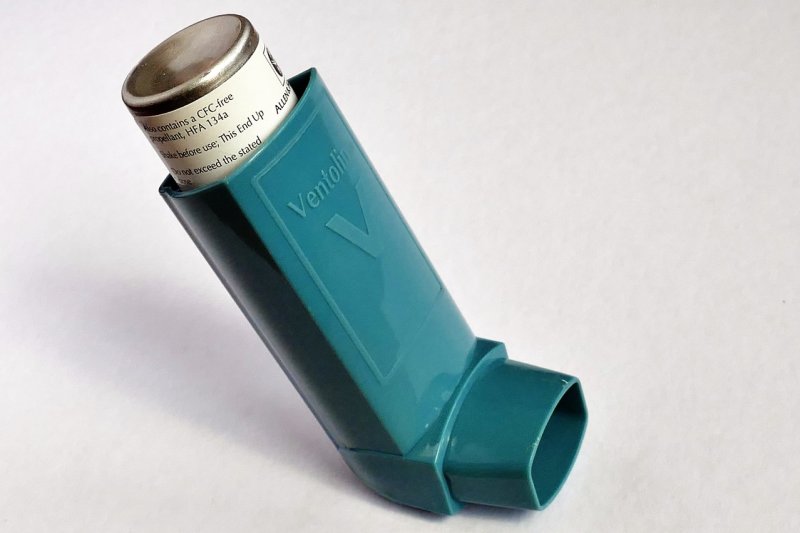Police believe they've identified sixth victim of 1970s Doodler killer
SERIAL KILLER OF GAY MEN NOT AS FAMOUS AS SCORPIO KILLER
By Calley Hair

Sketches released by the San Francisco Police Department portray The Doodler, a man believed to have killed at least six and as many as 14 men in 1974 and 1975. Image courtesy of the San Francisco Police Department
Jan. 27 (UPI) -- Homicide detectives said Thursday they believe they've identified a sixth victim of The Doodler, one of San Francisco's most prolific 1970s serial killers who remains uncaught today.
The San Francisco Police Department announced in a news release that they believe Warren Andrews was among The Doodler's victims. Andrews, 52, was beaten in Lands End in 1975 and found unconscious by a passing hiker. He never regained consciousness, dying seven weeks later.
According to the release, Andrews fit The Doodler's established pattern. All of his victims were gay white men that he likely lured into sexual encounters before murdering.
Lead detective Dan Cunningham told the San Francisco Chronicle last year that he'd be "a fool" not to consider Andrews a potential Doodler victim.
"The location, the time period, the victimology -- it all makes me think that it might be connected," Cunningham said.
The macabre nickname comes from his modus operandi. According to witnesses, The Doodler would visit bars and restaurants, identify a victim, and sketch their picture before assaulting and killing them. He's believed to have killed at least six and up to 14 men between January 1974 and September 1975.
At the time, police believed they found a suspect. Multiple victims survived attacks by The Doodler and gave a thorough description to law enforcement. But when it came time to testify, the victims refused. Publicly discussing their encounters would amount to outing their sexuality, SFGATE reports, which would have been an especially fraught decision at the time.

Sketches released by the San Francisco Police Department portray The Doodler, a man believed to have killed at least six and as many as 14 men in 1974 and 1975. Image courtesy of the San Francisco Police Department
Jan. 27 (UPI) -- Homicide detectives said Thursday they believe they've identified a sixth victim of The Doodler, one of San Francisco's most prolific 1970s serial killers who remains uncaught today.
The San Francisco Police Department announced in a news release that they believe Warren Andrews was among The Doodler's victims. Andrews, 52, was beaten in Lands End in 1975 and found unconscious by a passing hiker. He never regained consciousness, dying seven weeks later.
According to the release, Andrews fit The Doodler's established pattern. All of his victims were gay white men that he likely lured into sexual encounters before murdering.
Lead detective Dan Cunningham told the San Francisco Chronicle last year that he'd be "a fool" not to consider Andrews a potential Doodler victim.
"The location, the time period, the victimology -- it all makes me think that it might be connected," Cunningham said.
The macabre nickname comes from his modus operandi. According to witnesses, The Doodler would visit bars and restaurants, identify a victim, and sketch their picture before assaulting and killing them. He's believed to have killed at least six and up to 14 men between January 1974 and September 1975.
At the time, police believed they found a suspect. Multiple victims survived attacks by The Doodler and gave a thorough description to law enforcement. But when it came time to testify, the victims refused. Publicly discussing their encounters would amount to outing their sexuality, SFGATE reports, which would have been an especially fraught decision at the time.
Police hadn't previously counted Andrews as a Doodler victim because of the method of his murder. The five other known victims were stabbed to death, but Andrews was beaten with a rock and a tree branch.
Detectives believe the killer likely struggled with Andrews, lost his knife and grabbed any weapon he could find from the trail, the Chronicle reports.
The SFPD is still looking for The Doodler. Earlier this month, it doubled its award for information leading to the killer's arrest and conviction from $100,000 to $200,000.
"We've come a long way in this investigation, and I think we're closer than ever to solving it -- but we just need a bit more information," Cunningham told The Chronicle.
Investigators asked anyone with information to call the SFPD's 24-hour tip line at 415-575-4444 or text a tip to TIP411.










